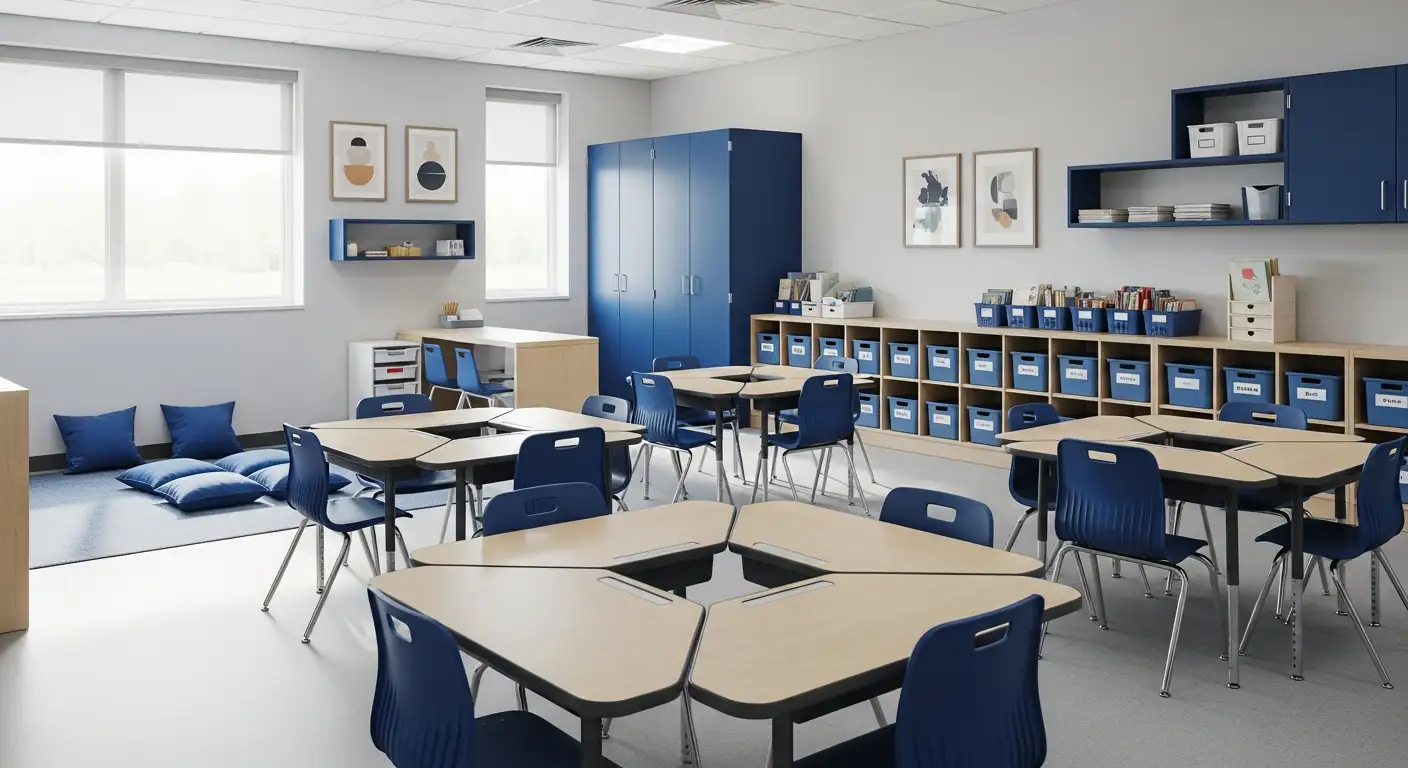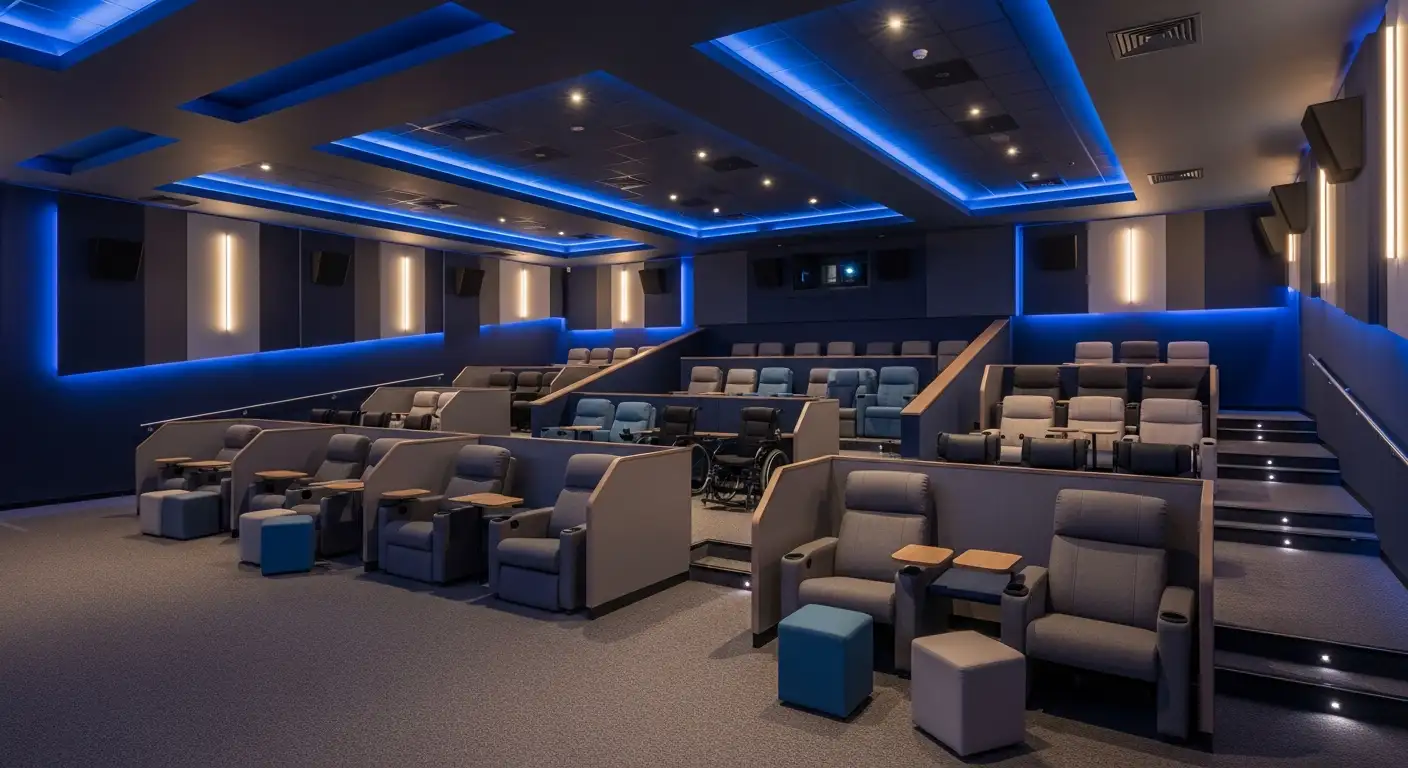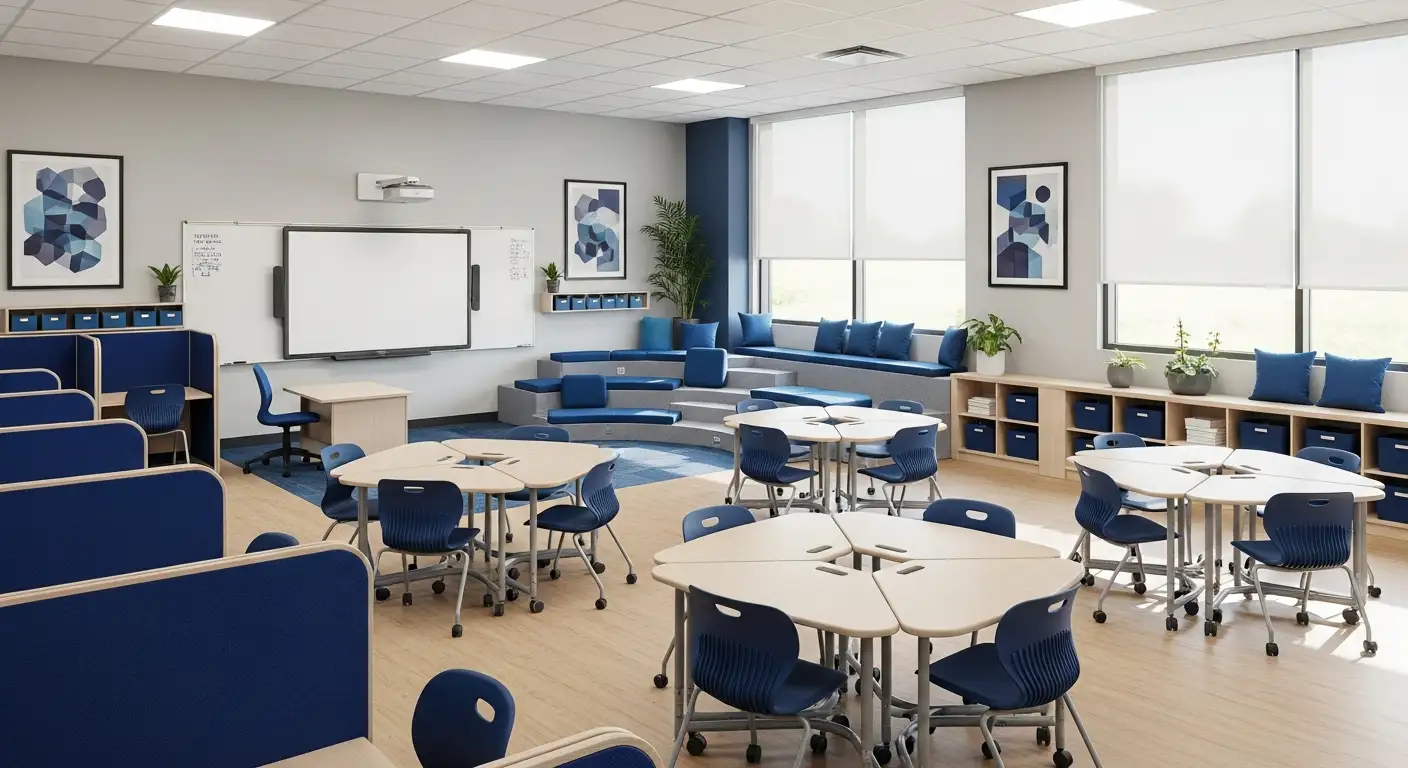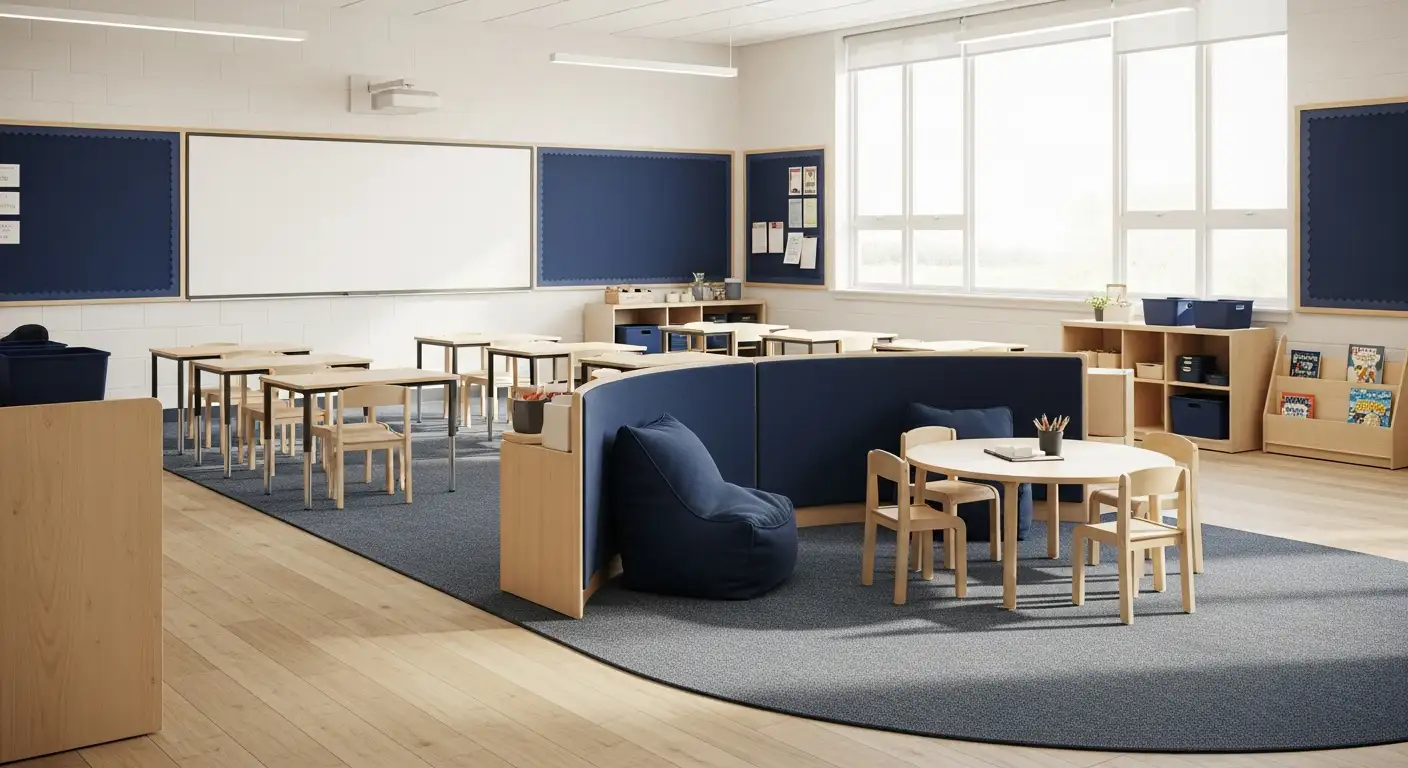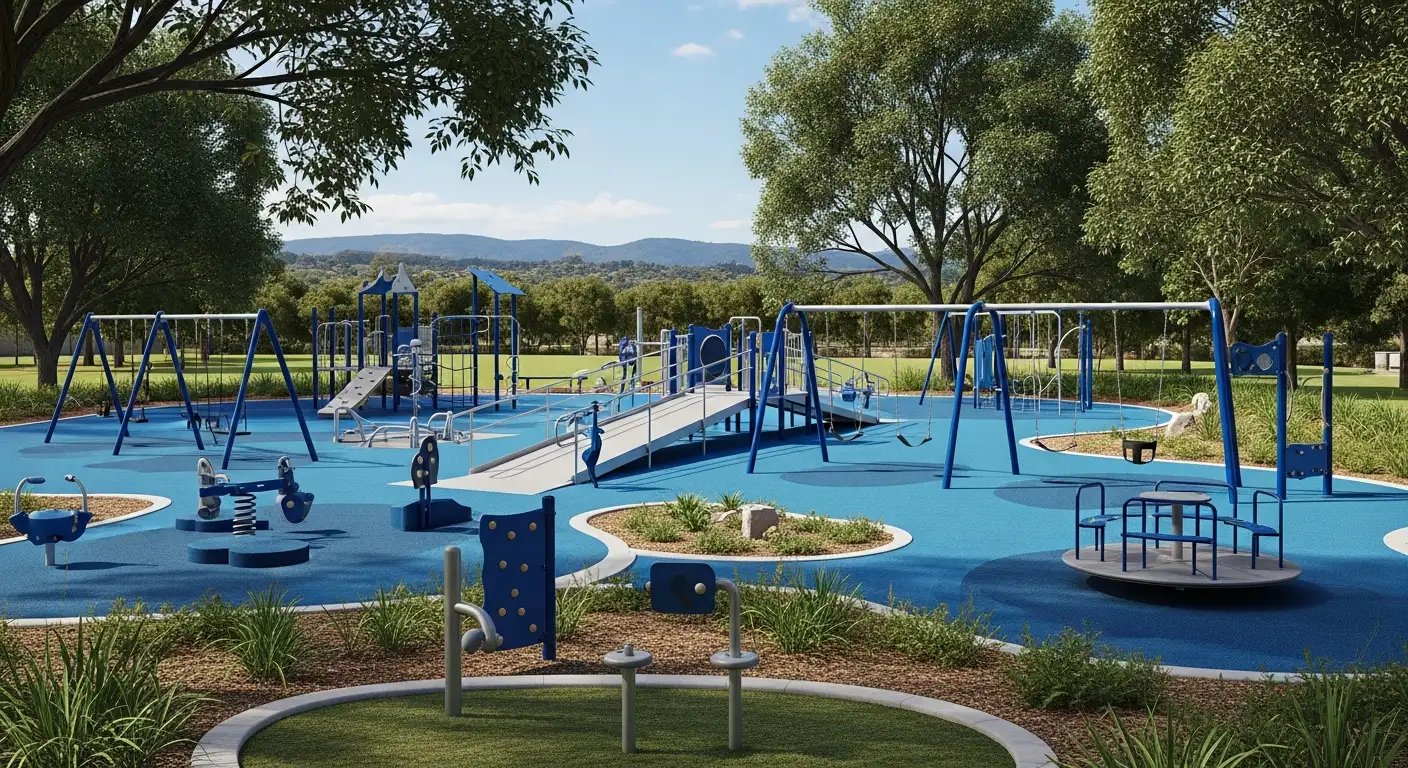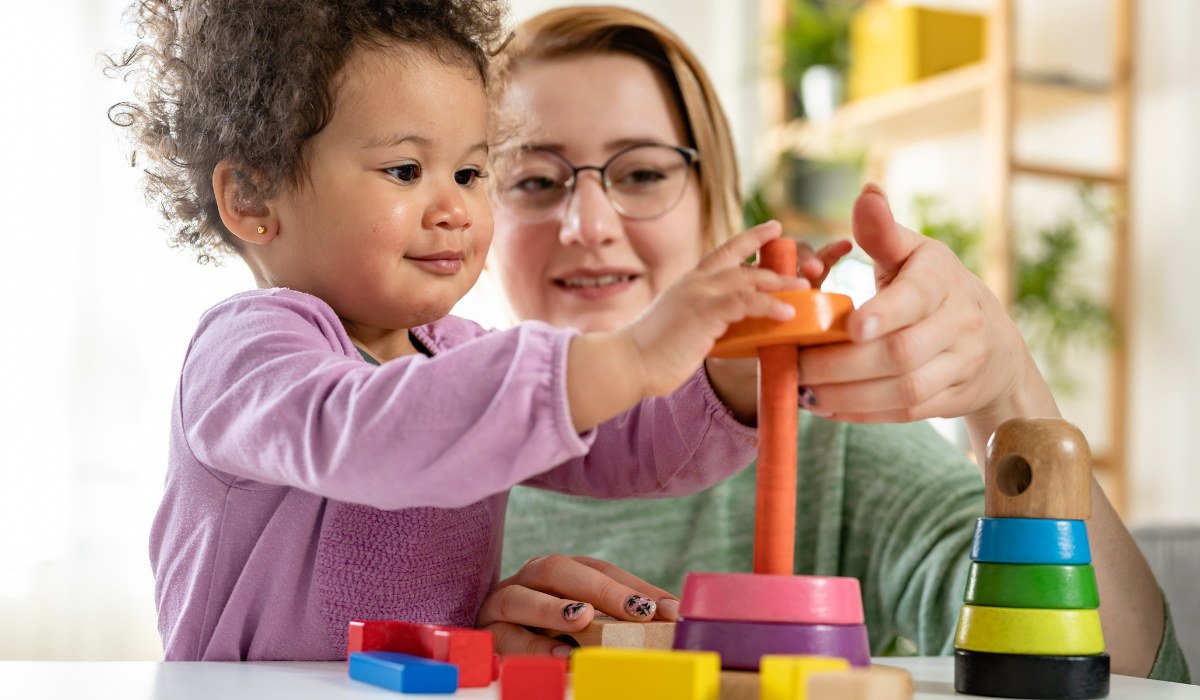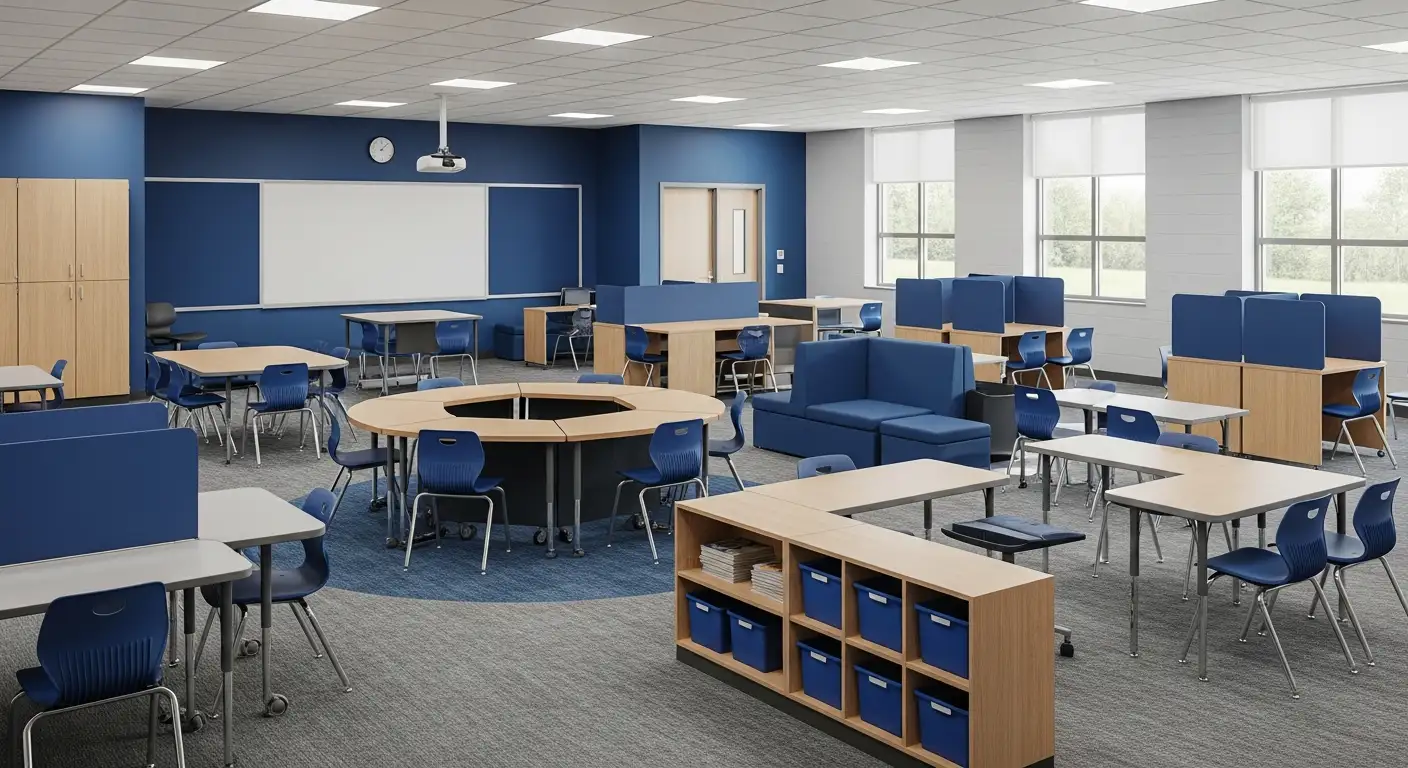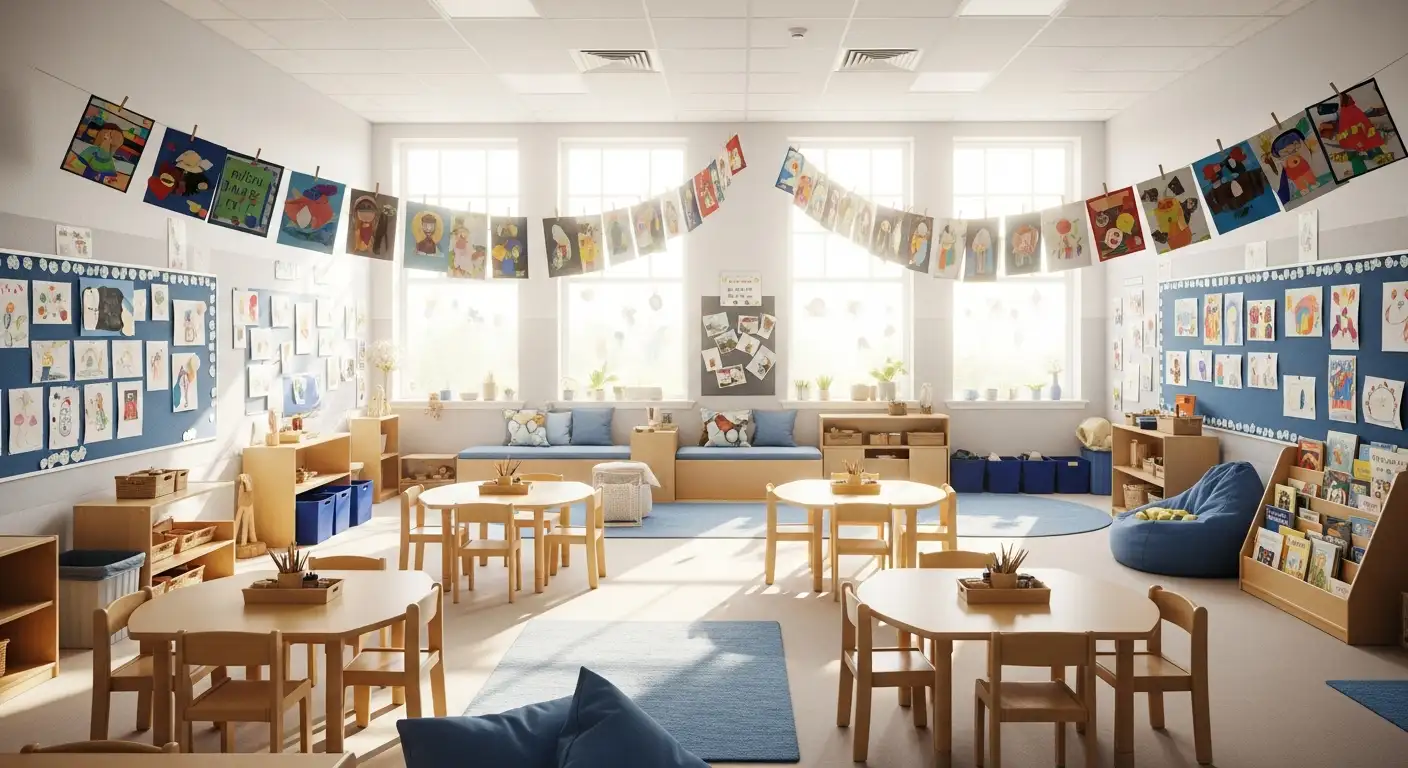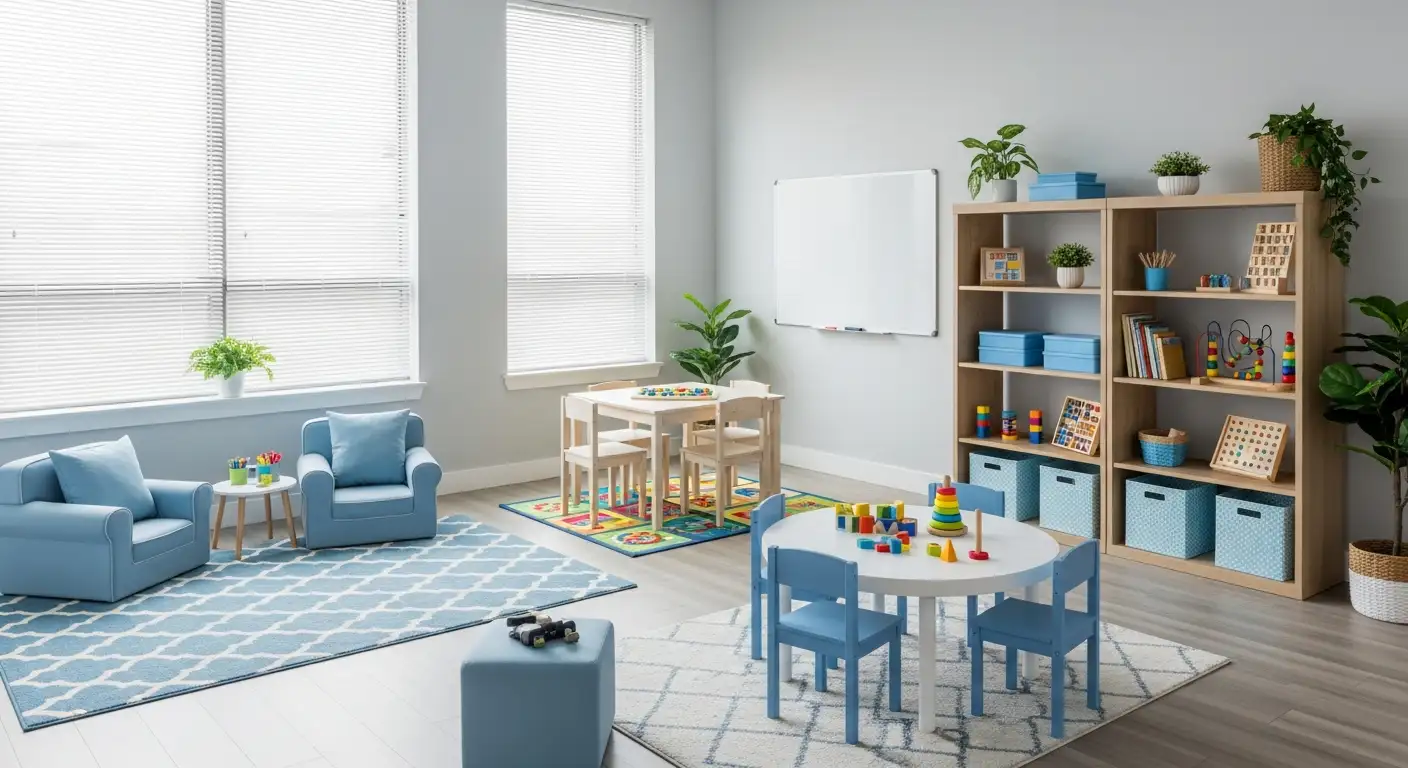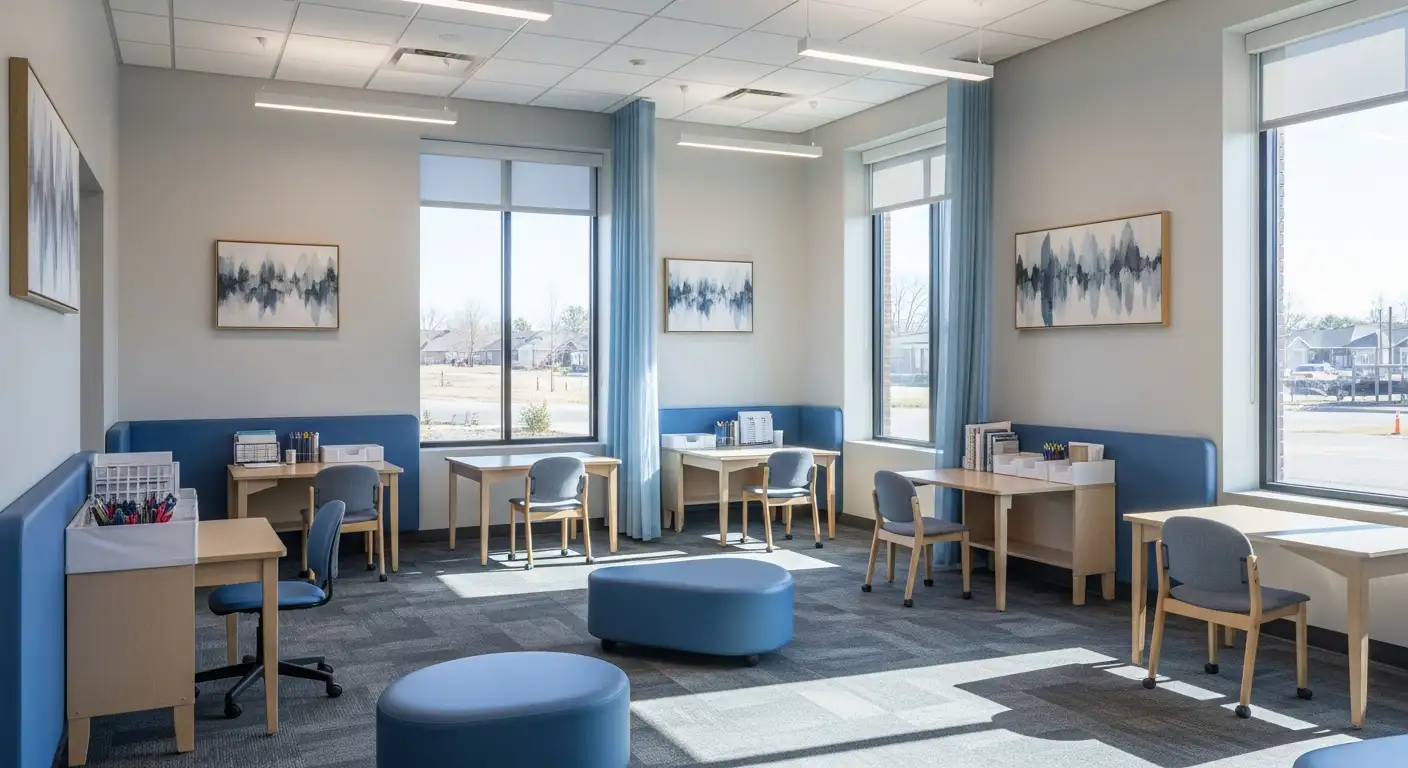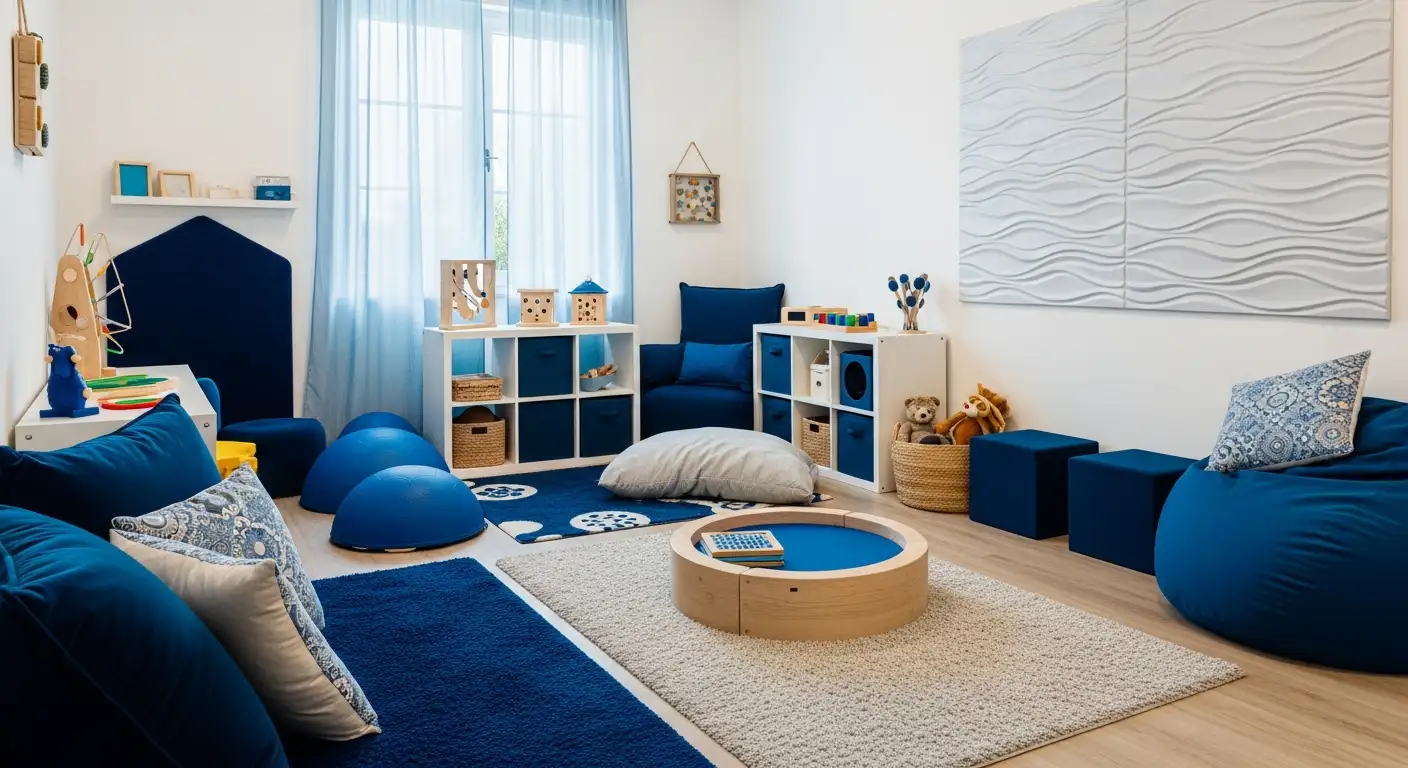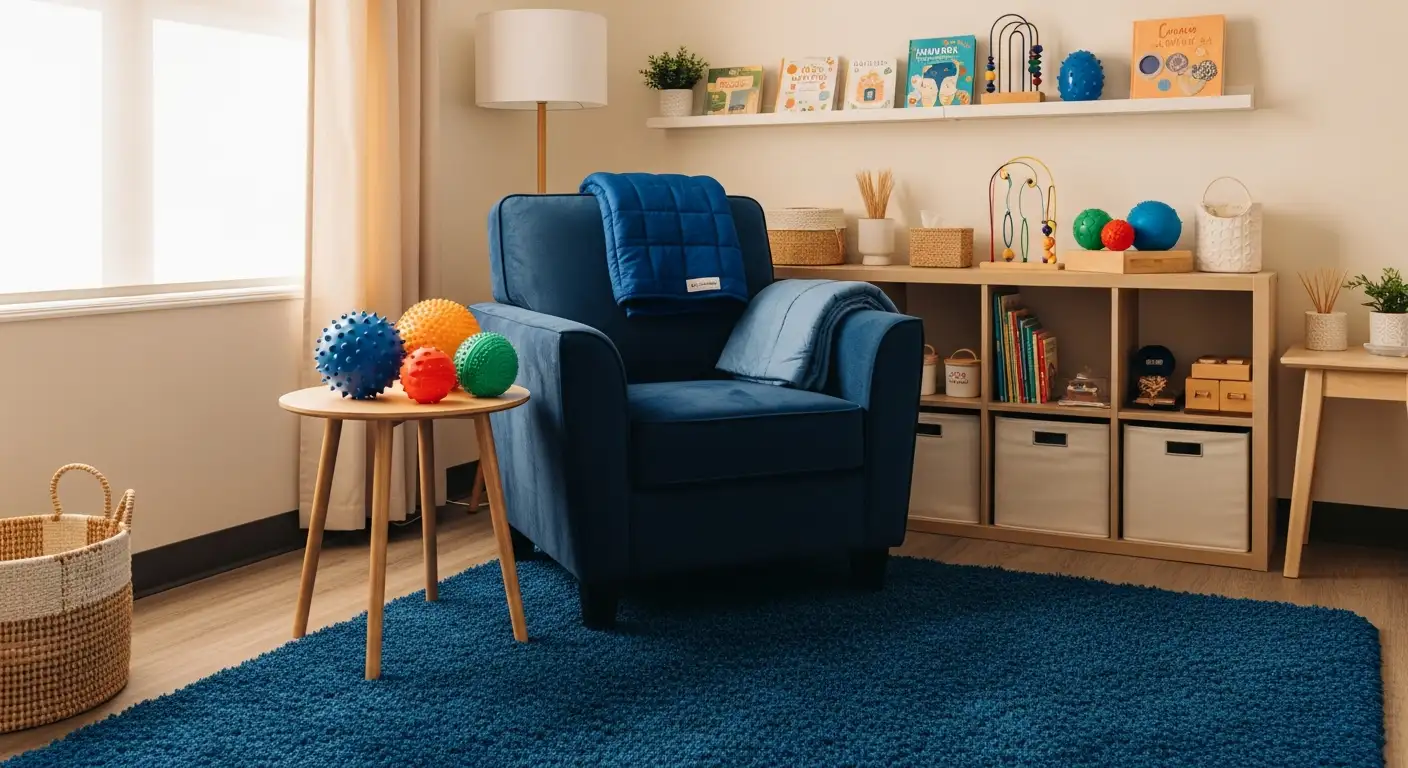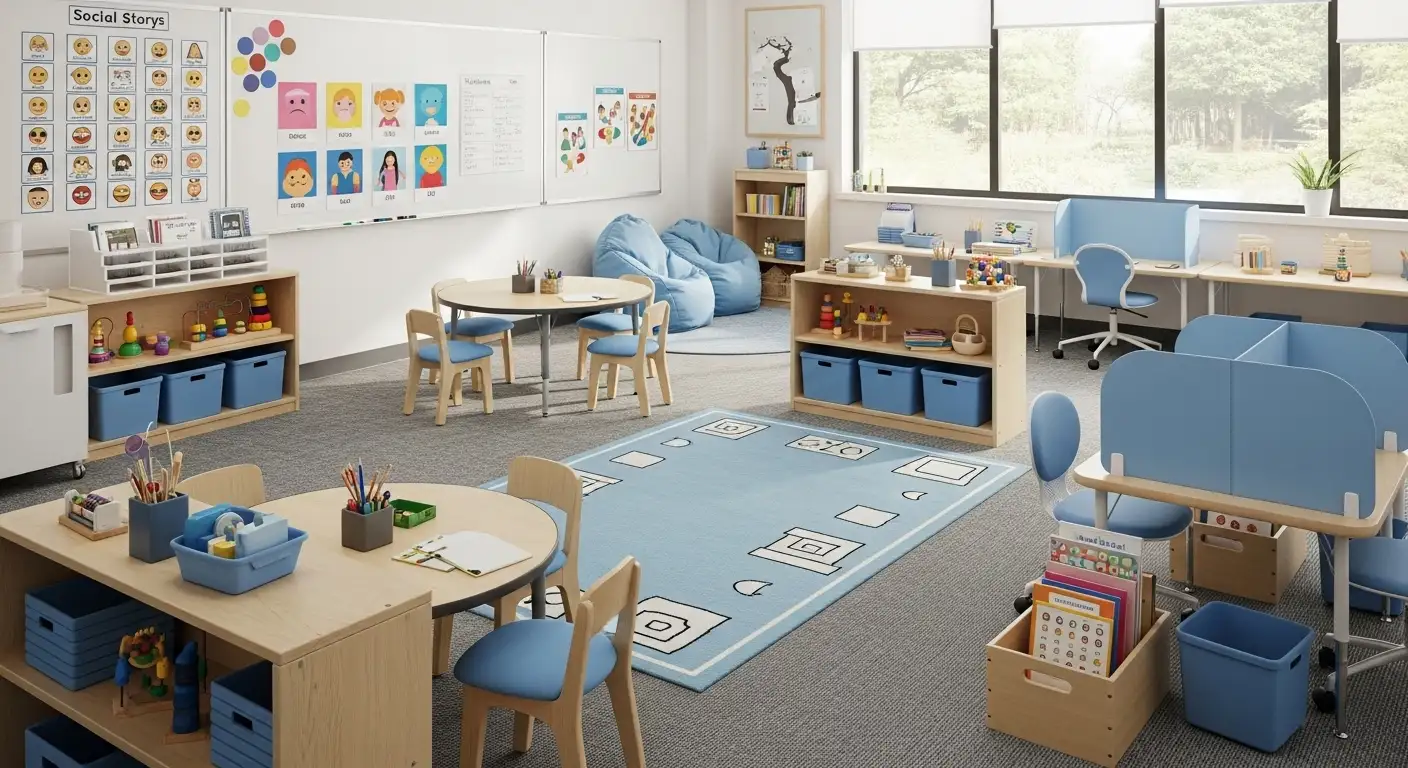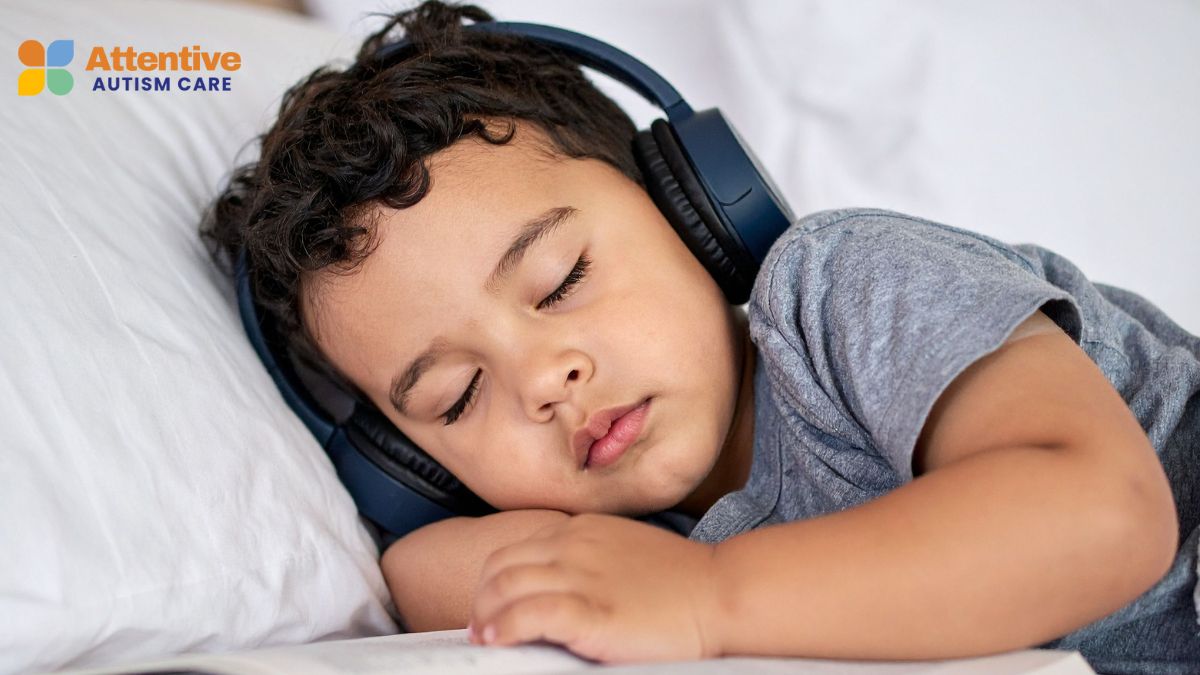Speech Delay vs. Autism
Understanding Early Developmental Challenges in Speech and Social Communication

Introduction to Speech Delay and Autism Spectrum Disorder
Early childhood development involves acquiring skills in speech, language, and social interaction. While many children follow predictable developmental milestones, some experience delays or differences that warrant closer attention. Speech delay and autism spectrum disorder (ASD) are two conditions that can affect a child's communication and social abilities. Recognizing the signs, understanding the differences, and knowing when to seek intervention are crucial steps toward supporting affected children and their families.
Early Signs and Symptoms of Speech Delay and Autism
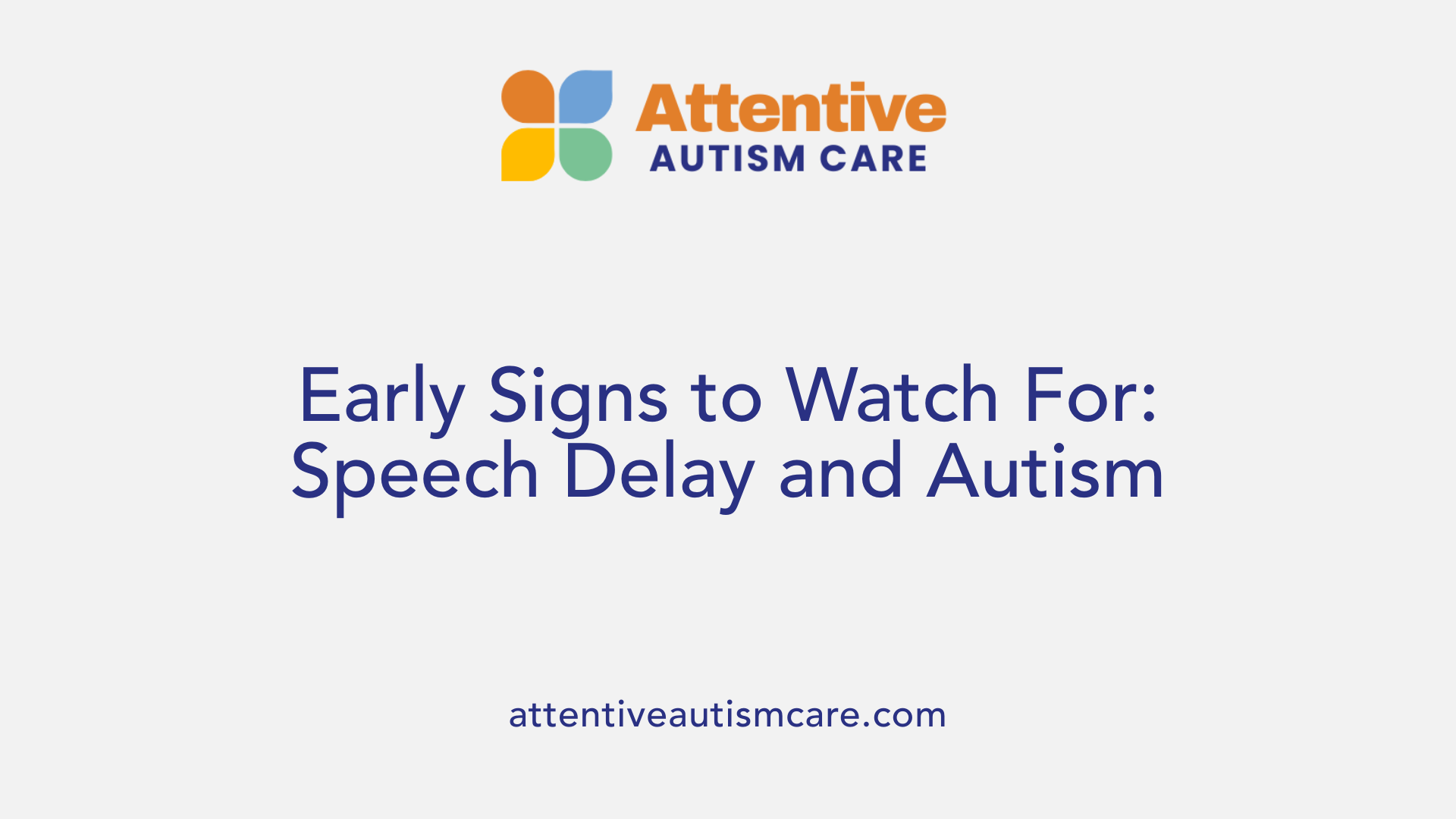
What are the early signs and symptoms of speech delay and autism?
Recognizing the early signs of speech delay and autism is crucial for timely intervention and support. For speech delays, children might not start babbling by around 4 to 6 months or fail to speak simple words by 12 to 18 months. They may also have trouble pronouncing sounds and constructing phrases even if they understand language well.
In contrast, signs of autism often include more diverse social and behavioral challenges. Children with autism may avoid eye contact, show limited social engagement, and struggle to understand or use non-verbal cues like gestures and facial expressions. They might not respond to their name, follow pointing gestures, or share interests with others.
Behaviorally, children with autism often exhibit repetitive movements such as hand-flapping, lining up toys, or rocking. They might also be sensitive to sensory stimuli, reacting strongly or unusually to sounds, textures, or lights. These behaviors typically surpass the scope of speech issues alone.
Distinguishing between the two involves noting social behaviors: children with speech delay usually remain socially connected, use gestures effectively, and respond to social cues. Meanwhile, children on the autism spectrum may prefer to be alone, show limited interest in social interactions, and display repetitive patterns.
Early detection by observing signs such as late onset of talking, not mimicking sounds by 12 months, and lack of gestures like pointing can lead to sooner diagnosis. Intervention strategies, including speech therapy and behavioral approaches, can significantly enhance developmental outcomes when started early.
In summary, while speech delay mainly involves difficulty with speech production and comprehension, autism encompasses broader social, communicative, and behavioral challenges. Compassionate, professional assessment is essential if any of these signs are observed.
Developmental Milestones in Speech: Typical vs. Delayed and Autistic Progress
Typical speech milestones
Most children reach certain speech development milestones within expected age ranges. For example, babies typically babble around 4-6 months, say their first words by about 10-12 months, and begin combining words between 18-24 months. By age two, a child's vocabulary usually expands to around 50 words, and by age three, they can form simple sentences. These milestones indicate normal speech and language development, with children actively engaging with their environment through gestures, sounds, and vocabulary.
Speech development in speech delay
Children experiencing speech delays follow these milestones but do so on a slower timeline. They may not babble by 12 months, might not combine words by age two, or have a vocabulary significantly below 50 words by 24 months.
Despite delays, many children with speech delay still actively attempt to communicate using body language, pointing, or gestures. Social interactions, such as waving or smiling, are often unaffected, and understanding instructions may still be possible. Causes include motor speech issues like apraxia or dysarthria, hearing impairments, or environmental factors.
Speech and social milestones in autism
Children with autism spectrum disorder (ASD) often exhibit speech delays alongside social communication difficulties. They may not respond to their name, stop babbling early, or fail to develop a basic vocabulary by 12-18 months. Unlike children with speech delay, they often avoid eye contact and show limited interest in social interactions.
Autistic children might engage in echolalia (repeating words), use repetitive phrases, and have trouble understanding non-verbal cues. They may prefer to be alone, avoid joint attention activities, and demonstrate restricted interests or repetitive behaviors. Effective differentiation involves observing social behaviors alongside speech patterns, as autistic children typically exhibit fewer social gestures and less responsiveness.
| Aspect | Typical Development | Speech Delay | Autism Spectrum Disorder |
|---|---|---|---|
| Speech Milestones | Babbling by 4-6 months, first words 10-12 months, combining words by 18-24 months | Delayed onset, may not babble or use words by expected ages | Often do not babble or develop words by 12-18 months, may regress later |
| Social Interaction | Active engagement, responds to name, joint attention | Usually intact, still seeks social interaction | Limited eye contact, no response to name, avoids social cues |
| Repetitive Behaviors | Usually not present | Not characteristic | Common, includes echolalia and repetitive movements |
Differentiating factors
Early evaluation by professionals using developmental screening tools helps distinguish between speech delay and autism. Children with speech delay tend to respond positively to social cues and mimic behaviors, showing eagerness to connect. Conversely, children with autism often avoid social interaction, have trouble understanding gestures, and may prefer solitary exploration.
Recognizing these differences early ensures that children receive appropriate therapies, whether speech therapy or more comprehensive autism-specific interventions like behavioral and occupational therapies.
Understanding the Key Differences Between Speech Delay and Autism
What is the difference between speech delay and autism?
Speech delay occurs when a child's ability to develop speech and language skills falls behind typical developmental milestones. For example, a child may not babble by 12 months, may not use two-word phrases by age 24 months, or may have a vocabulary of fewer than 50 words at age two. Children with speech delays tend to actively seek social interactions, use gestures, and respond positively to social cues. They often can imitate sounds, words, and actions, showing eagerness to connect with others.
In contrast, autism spectrum disorder (ASD) involves a broader set of developmental challenges beyond speech. Children with ASD may have difficulty with non-verbal communication, such as making eye contact, understanding facial expressions, or interpreting gestures. They may engage less in social play, prefer to be alone, or develop repetitive behaviors like lining up toys or hand flapping. Language abilities in ASD can range from nonverbal to highly idiosyncratic language with echolalia (repeating phrases) and unusual prosody.
Main differences in socialization and communication
Children with speech delays typically show normal social behaviors and are eager to communicate through gestures, body language, and verbal requests. They might point to objects to show interest or seek social interaction actively. These children respond well to social cues and can often catch up in speech development with proper therapy.
Children with autism, however, often exhibit less interest in social engagement. They may avoid eye contact, not respond to their name, and have difficulty understanding social cues. They might prefer exploring objects over engaging with people and exhibit repetitive behaviors or sensory sensitivities.
Assessing social behaviors, response to communication, and language development helps differentiate between speech delay and autism. Early evaluation by specialists, such as speech-language pathologists and developmental pediatricians, is essential for accurate diagnosis and intervention.
| Aspect | Speech Delay | Autism Spectrum Disorder | |---|---|---|---| | Social Engagement | Usually active and responsive | Often less interested, avoids eye contact | | Speech Development | Follows typical milestones; delays on timeline | May be nonverbal or have delayed and atypical speech | | Repetitive Behaviors | Rare | Common, including rocking or lining up toys | | Response to Social Cues | Usually positive | Difficulties with social cues and understanding | | Use of Gestures | Typically used to support communication | Might be limited or unusual |
Early intervention and professional assessment are critical to support children with speech delays or autism, helping them reach their full potential.
Diagnostic Approaches: How to Differentiate Speech Delay from Autism
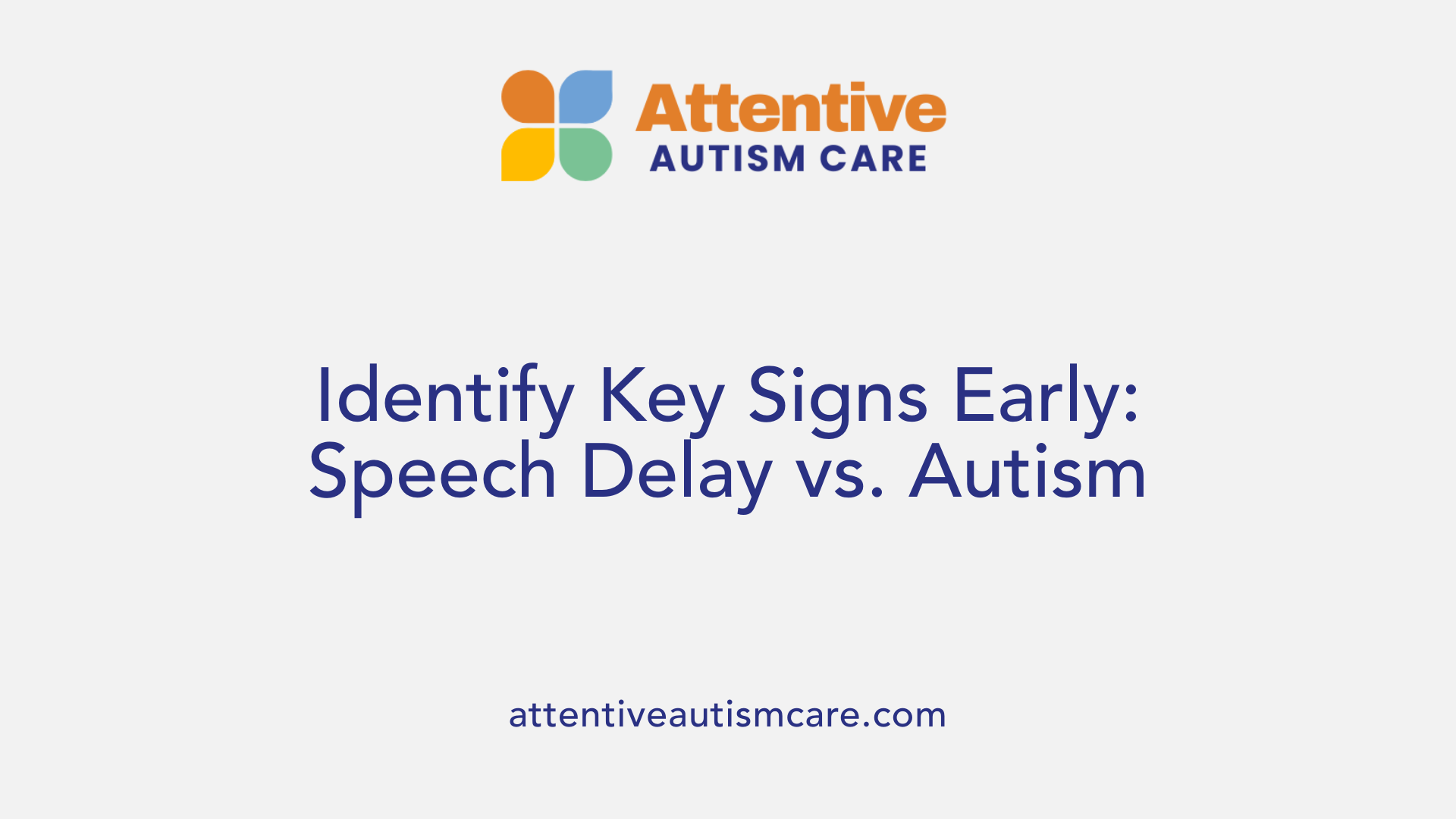
How can I differentiate between speech delay and autism for diagnosis or intervention?
Distinguishing speech delay from autism requires careful observation of a child's social and communicative behaviors, alongside developmental milestones. Children with speech delay often want to interact and socialize; they respond positively to social cues, imitate sounds, and naturally use gestures like pointing or waving. Their speech difficulties mostly involve articulation and vocabulary growth, but they typically stay engaged with their environment and respond to their name.
In contrast, children with autism spectrum disorder (ASD) often show less interest in social interactions. They may avoid eye contact, seem unresponsive to their name, and have trouble understanding or using gestures. Repetitive behaviors like hand-flapping, lining up toys, or echolalia (repeating words or phrases) are common signs of autism. These children may prefer solitary play, have limited responses to social cues, and demonstrate rigid routines.
Assessment strategies play a vital role in differentiation. Professionals look for signs such as responsiveness to attention, joint attention skills, and social reciprocity. Observation of behaviors like imitation and engagement can reveal important clues.
Developmental screening tools such as the Modified Checklist for Autism in Toddlers (M-CHAT) or the Barbera Early Childhood Assessment (BECA) help identify red flags. These tools assess social communication skills, behavior patterns, and developmental milestones.
A comprehensive evaluation involves behavioral observations, parent interviews, and participation of specialists including speech-language pathologists, psychologists, or developmental pediatricians. Early diagnosis ensures timely intervention, which can significantly improve outcomes for both speech delays and autism.
| Behavior Feature | Typical Speech Delay | Autism Spectrum Disorder | How It Helps in Differentiation |
|---|---|---|---|
| Response to Name | Usually responsive | Often unresponsive | Responsiveness indicates social engagement levels |
| Eye Contact | Usually maintained | Usually limited or absent | Eye contact reflects social awareness |
| Use of Gestures | Uses pointing and waving | Limited or unusual gestures | Gesture use shows social reciprocity |
| Imitation of Sounds and Actions | Usually imitates readily | Struggles or does not imitate | Imitation skills reveal social and communication ability |
| Repetitive Behaviors | Uncommon | Common (hand-flapping, lining up toys) | Presence indicates a need for specialized intervention |
| Social Engagement | Active and eager to connect | Often withdrawn or self-focused | Engagement levels guide diagnosis approach |
Early professional assessment using these observations and tools is essential. Speech therapists, clinicians, and psychologists collaborate to create tailored intervention plans, aiming to support children’s communication abilities and social development effectively.
Intervention Strategies for Speech and Social Development
What intervention options and strategies are available for speech delay and autism?
Children experiencing speech delays and those diagnosed with autism can benefit greatly from targeted interventions designed to support their communication and social skills.
Speech therapy techniques form the cornerstone of intervention for speech delays. These approaches often include modeling correct speech sounds, prompting children to imitate sounds or words, and the use of visual supports like picture cards or communication boards. Augmentative and alternative communication (AAC) devices, such as speech-generating apps or picture exchange systems like PECS, help children express themselves when speech is limited. Speech-language pathologists also teach strategies to improve understanding of language, helping children form coherent sentences.
Behavioral interventions for autism are extensive and evidence-based. Applied Behavior Analysis (ABA) is one of the most utilized methods, focusing on reinforcement of desired behaviors and reduction of problematic ones. Discrete Trial Training (DTT), a structured form of ABA, breaks learning into small, manageable steps, while Pivotal Response Training (PRT) emphasizes motivation and responsiveness to multiple cues to promote naturalistic learning.
Developmental and social-relational approaches such as the DIR/Floor Time model involve engaging children in play-based activities that promote emotional regulation, social interaction, and sensory integration. Social stories and social skills groups are designed to teach children appropriate social behaviors and understanding of social cues, fostering better peer interactions.
The importance of early intervention cannot be overstated. Beginning treatment as soon as developmental delays or signs of autism are identified can significantly improve outcomes. Early intervention often combines speech therapy, occupational therapy, and psychological support to address multiple developmental domains simultaneously.
Families and caregivers also play a vital role. Training parents to implement strategies at home, providing consistent routines, and utilizing visual aids and AAC tools in everyday settings enhance the child's learning and adaptation.
In conclusion, a comprehensive and individualized intervention plan incorporating speech techniques, behavioral strategies, and family involvement is essential to optimize development in children facing speech delays or autism.
Causes and Underlying Factors of Speech Delay and Autism
What are the causes and underlying factors of speech delay and autism?
Speech delay and autism spectrum disorder (ASD) stem from different, but sometimes overlapping, causes. Understanding these factors helps in early diagnosis and targeted intervention.
Genetic factors play a significant role in both conditions. Many children with autism have genetic predispositions that affect brain development, leading to atypical neural connections involved in language and social skills. Some genetic syndromes associated with autism include Fragile X syndrome and Rett syndrome.
Neurological differences are also key contributors. Children with autism often show structural and functional brain differences, particularly in regions responsible for language, such as the frontal gyrus. These differences can result in reduced gray matter volume and abnormal brain lateralization, which impact communication and social interaction.
Environmental influences, although less definitive, can affect the development of speech and autism-related traits. Examples include prenatal exposures to toxins, maternal health during pregnancy, and environmental stressors. Hearing impairments, such as recurrent ear infections or congenital hearing loss, are common causes of speech delay that are unrelated to autism.
Other factors for speech delay include oral-motor problems like apraxia or dysarthria, developmental delays, cognitive impairments, and lack of sufficient stimulation or interaction during critical developmental periods.
In autism, early signs like not responding to their name, limited babbling, and restricted gestures often appear between 12 and 24 months. These delays are accompanied by difficulties in interpreting social cues, limited eye contact, and repetitive behaviors, reflecting the neurological basis of the disorder.
Early detection of these underlying causes through comprehensive assessment and neurodevelopmental evaluation is essential. Interventions, including speech therapy and behavioral approaches, can then be tailored effectively to address each child's unique needs.
| Cause Type | Specific Factors | Impact Area |
|---|---|---|
| Genetic | Family history, genetic syndromes | Brain development, predisposition |
| Neurological | Brain structure differences, neural pathways | Language and social processing |
| Environmental | Prenatal toxins, infections, hearing loss | Speech development, behavioral cues |
| Developmental disorders | Intellectual disability, motor disorders | Overall communication abilities |
Timely professional evaluation remains essential to differentiate between speech delays caused by physical, neurological, or environmental factors and to implement appropriate therapies early on.
The Role of Neuroimaging and Neurological Studies in Autism
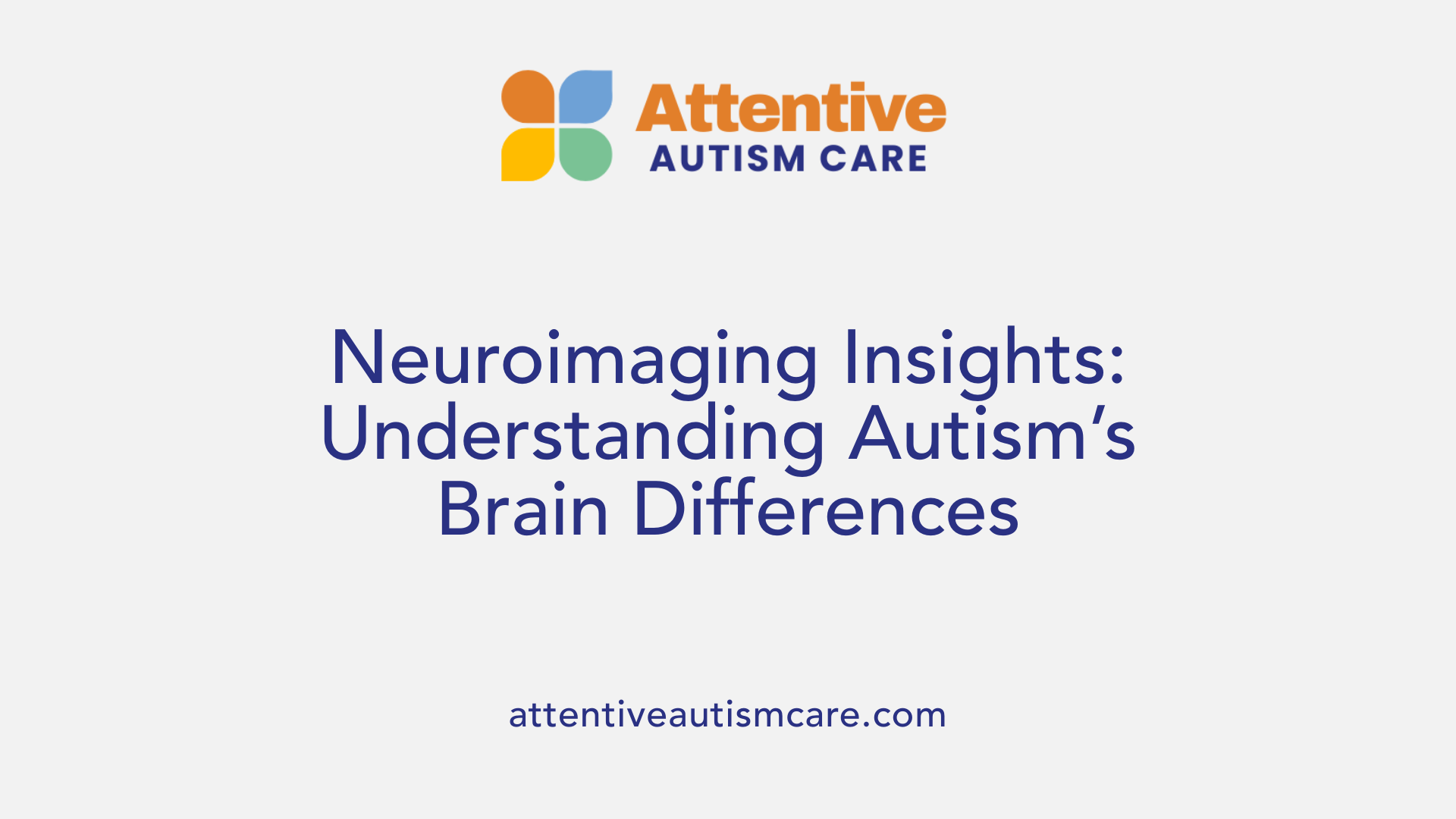
What does neuroimaging reveal about neurological differences in speech delay and autism?
Neuroimaging techniques have provided valuable insights into how the brains of children with autism and speech delays differ from those of typical development. Studies consistently show that individuals with autism often have structural and functional anomalies in areas linked to language processing.
In particular, neuroimaging reveals decreased gray matter volume in regions such as the frontal gyrus, which is crucial for speech and language production. Additionally, atypical patterns of brain lateralization—meaning the usual dominance of one hemisphere over the other—are common in autism, affecting how language and social information are processed.
Recent technological advances have allowed researchers to observe brain activity in very young children, sometimes during natural sleep. These studies show that children with autism have reduced activation in speech-related brain areas when engaging in language tasks. They also demonstrate that these children often exhibit abnormal hemispheric lateralization, which may contribute to their language and communication difficulties.
For high-functioning autism, neuroimaging indicates a reliance on visuospatial strategies rather than traditional language areas. These individuals tend to show less engagement of classical language regions during problem-solving, which correlates with differences in white matter pathways controlling communication between brain regions.
Through these findings, neuroimaging contributes to a better understanding of the neurological aspects underlying speech delays and autism, supporting earlier diagnosis and the development of targeted therapies. Recognizing these patterns can help identify autism at earlier stages and potentially improve intervention strategies aimed at enhancing language and social skills.
Broad Developmental Features in Autism Beyond Speech Delay
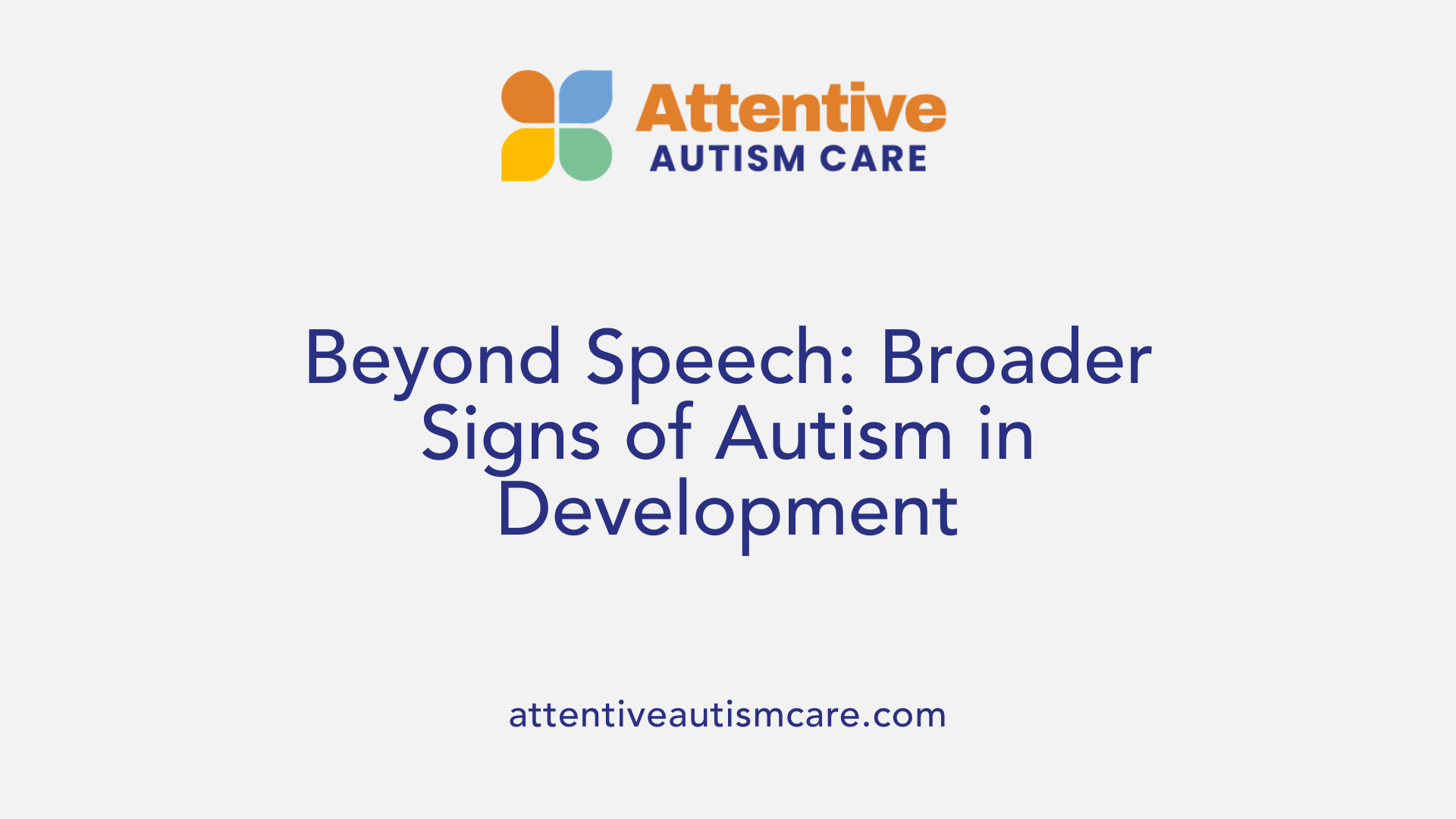
What other developmental delays and signs are typical in children with autism beyond speech delays?
Children with autism often show a range of developmental delays and signs that extend beyond just speech issues. These signs include reduced eye contact, which indicates challenges with social engagement and non-verbal communication.
They may also struggle with sharing experiences or feelings with others, and tend to have limited interest in interacting with peers. Children with autism might prefer solitary play and exhibit repetitive behaviors like hand-flapping, lining up objects, or rocking back and forth.
Sensory sensitivities are common too. Some children are hypersensitive, overreacting to loud sounds, bright lights, or certain textures, while others may be hyposensitive, showing little response to stimuli that typically grab attention.
These behaviors and sensitivities can significantly impact daily activities and social interactions. Recognizing these broader signs alongside speech delays can help in early diagnosis.
Early identification of these signs allows for comprehensive intervention strategies that improve social skills, emotional understanding, and overall development.
| Signs and Behaviors | Description | Impact |
|---|---|---|
| Reduced eye contact | Less frequent or no eye contact during interactions | Difficulties in social understanding |
| Repetitive behaviors | Hand-flapping, lining up toys | May interfere with social play |
| Sensory sensitivities | Over or underreacting to stimuli | Challenges in daily routines |
| Social withdrawal | Avoiding peer interaction | Limits social learning |
| Preference for routines | Resistance to change | Can cause distress |
| Unusual responses | To sounds, textures | Affects comfort and exploration |
Early awareness of these signs can lead to earlier support and tailored interventions, helping children on the autism spectrum achieve better social and cognitive outcomes.
Importance of Early Intervention and Multidisciplinary Support
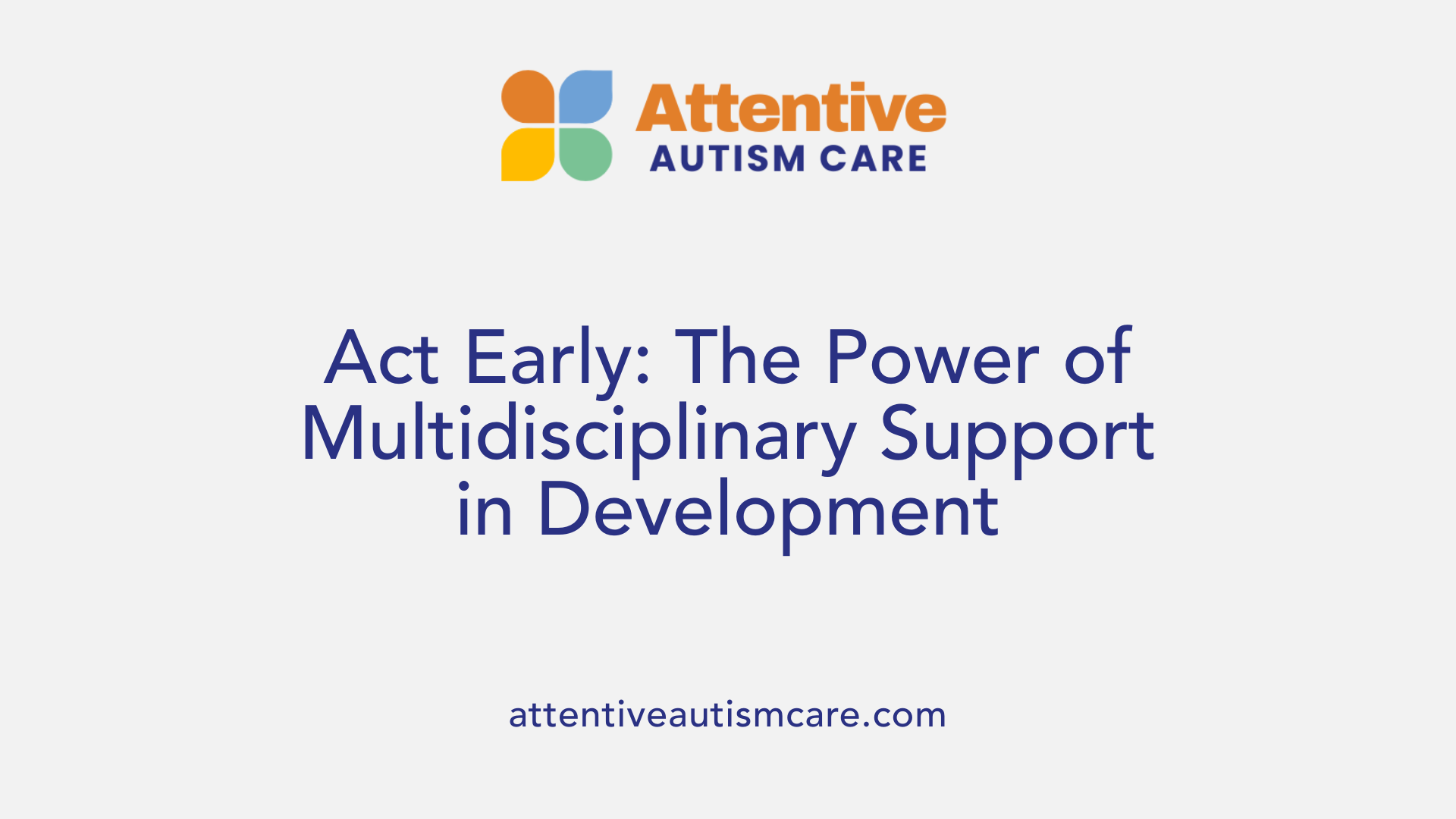
Why is early intervention important for speech delay and autism?
Early intervention plays a crucial role in supporting children with speech delays and autism spectrum disorder (ASD). When identified early, children can receive targeted therapies that significantly improve their communication and social skills.
Timely diagnosis allows healthcare professionals to start appropriate interventions sooner, which can lead to better developmental outcomes. Early support helps in addressing speech and language difficulties, encouraging neural growth and connectivity in the brain areas responsible for communication.
A team-based evaluation approach involves specialists such as speech-language pathologists, developmental pediatricians, psychologists, occupational therapists, and educators. These professionals collaborate to perform comprehensive assessments, including developmental screening, language testing, and behavioral observations.
Based on evaluations, customized intervention plans are developed. These plans focus on individual needs, whether that involves speech therapy, behavioral interventions, social skills training, or a combination of strategies.
Investing in early intervention can also reduce the severity of delays, build emotional resilience, and improve the child's ability to integrate into social and educational settings. The earlier the treatment begins, the higher the chance of improving long-term outcomes, ensuring children can develop vital communication and social skills for their future.
Conclusion: Recognizing and Supporting Children with Speech and Social Development Challenges
Understanding the differences between speech delay and autism spectrum disorder is vital for providing children with appropriate support. Early signs like delayed speech milestones, social disengagement, and repetitive behaviors can serve as red flags prompting further assessment. Accurate differentiation relies on careful observation, developmental screening, and professional evaluation. Early diagnosis enables targeted interventions, which significantly improve communication skills and social functioning. Through a comprehensive, multidisciplinary approach, caregivers can foster significant developmental progress, helping children reach their full potential.
References
- Speech Delay vs. Autism Spectrum Disorder: What's the Difference?
- The Difference Between Speech Delays and Autism - ECCM.org
- Speech Delay vs Autism: What's the Difference?
- How to Tell the Difference Between Speech Delay & Autism | Apollo
- Speech Delay vs. Autism: Identifying the Differences | NAPA Center
- Speech Delay and Autism: How to Tell the Difference - Expressable
- Speech Delay vs Autism: A Guide for Mental Health Professionals in ...
- Speech Delay vs. Autism: What's the Difference - Forbrain
- Speech and Language Impairments in Autism: Insights from ...
- Speech Delay vs Autism: Recognize the Signs to ... - Dr. Mary Barbera







